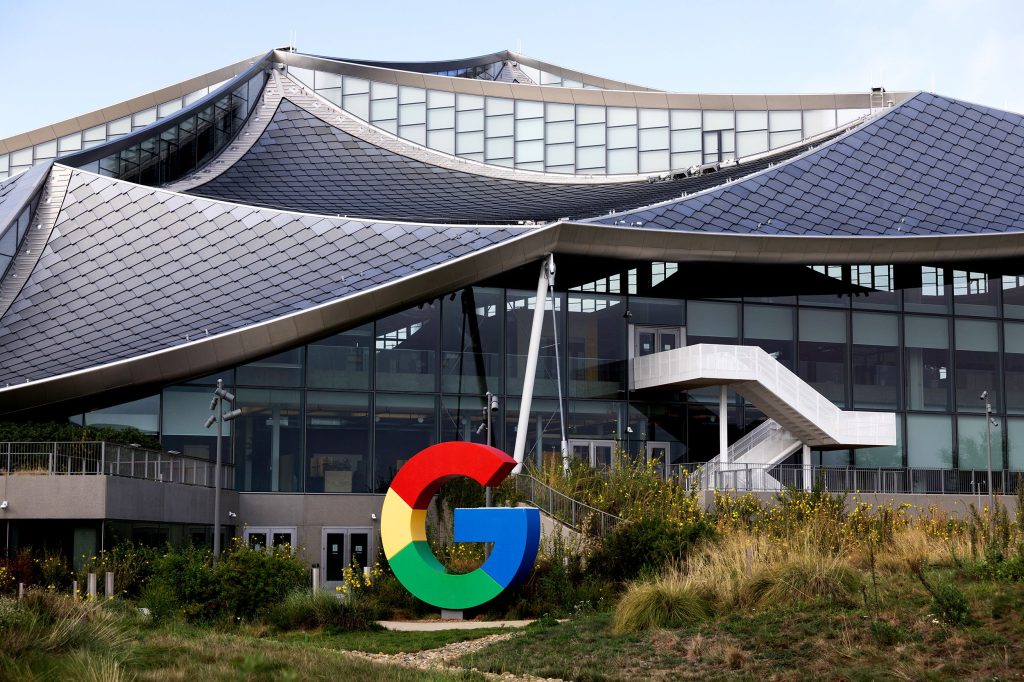Meta, Google, and Microsoft Triple Down on AI Spending
Summary
Three US tech giants—Meta, Alphabet (Google) and Microsoft—reported record revenues alongside sharply increased capital expenditure aimed at AI infrastructure. Meta raised its capex outlook to $70–72bn and signalled even bigger spending next year; Alphabet lifted its 2025 capex estimate to $91–93bn; Microsoft spent $34.9bn this quarter (a large jump year‑on‑year) and expects further sequential increases. Much of the money is going into data centres, cloud and AI compute to support products such as Google’s Gemini, Microsoft’s partnership with OpenAI, and Meta’s AI and VR ambitions. Analysts warn this massive investment could be inflating an AI market bubble.
Key Points
- Meta raised its capital‑expenditure forecast to $70–72bn for 2025 and expects spending to grow further next year.
- Alphabet now expects $91–93bn in 2025 capex, up from an earlier $75bn estimate; Google reported record revenue of $102.3bn for the quarter.
- Microsoft reported $77bn revenue for the quarter and $34.9bn in capex, with cloud revenue up 26% year‑on‑year; it expects FY26 capex growth to exceed FY25.
- Companies are prioritising data centres and modernisable, fungible infrastructure to handle growing AI demand and future model upgrades.
- Tied deals and commitments are massive: Nvidia offered up to $100bn to OpenAI (conditional), OpenAI plans 30GW of compute (~$1.4tn) and Microsoft has committed roughly $13bn to OpenAI but took a $3.1bn hit this quarter.
- Some analysts warn the scale and cadence of spending could create an AI bubble; companies are building in tranches to manage risk.
Content summary
The piece outlines quarterly results and forward capex guidance from Meta, Alphabet and Microsoft, linking inflated spending directly to AI strategy: more data centres, more specialised hardware, and hiring to scale model development and productisation. Meta says AI is already boosting ads and VR. Google’s Gemini has rapidly grown to ~650m monthly active users. Microsoft is modernising its data‑centre fleet to be interchangeable and efficient, while acknowledging volatility tied to its OpenAI investment. The article also flags large multi‑year projects, partnerships and conditional financing (Nvidia/OpenAI) that accelerate infrastructure growth and raise bubble concerns.
Context and relevance
This is important for anyone tracking cloud economics, AI procurement, enterprise AI adoption, investor risk and the competitive dynamics between hyperscalers. The spending patterns show where the industry expects demand — and where costs will concentrate: data centres, GPUs, and long‑term supply relationships. That affects downstream markets (chipmakers, colo providers, cloud partners), startups competing for AI talent and customers, and regulators watching systemic concentration of compute.
Author style
Punchy: earnings numbers meet build‑at‑all‑costs AI strategies. The article connects headline revenues to the real story—massive infrastructure bets—and signals why those bets matter beyond PR.
Why should I read this?
Short version: if you care about where AI capability (and risk) is being built, this is the one‑stop snapshot. Big players just doubled down — which changes pricing, hiring, and who controls the core compute. Read it to know which sectors will feel the ripple effects next.
Source
Source: https://www.wired.com/story/microsoft-google-meta-2025-earnings/

